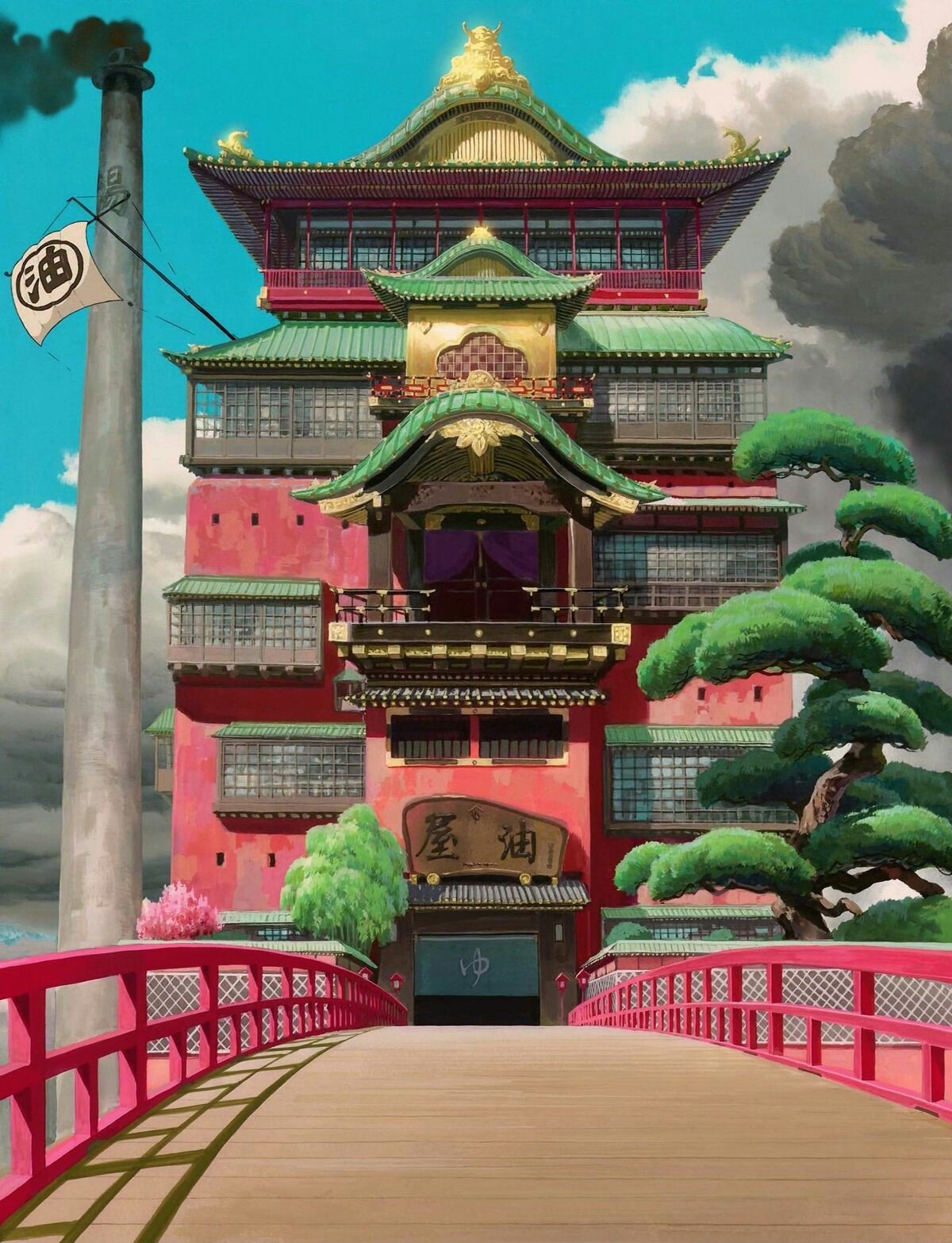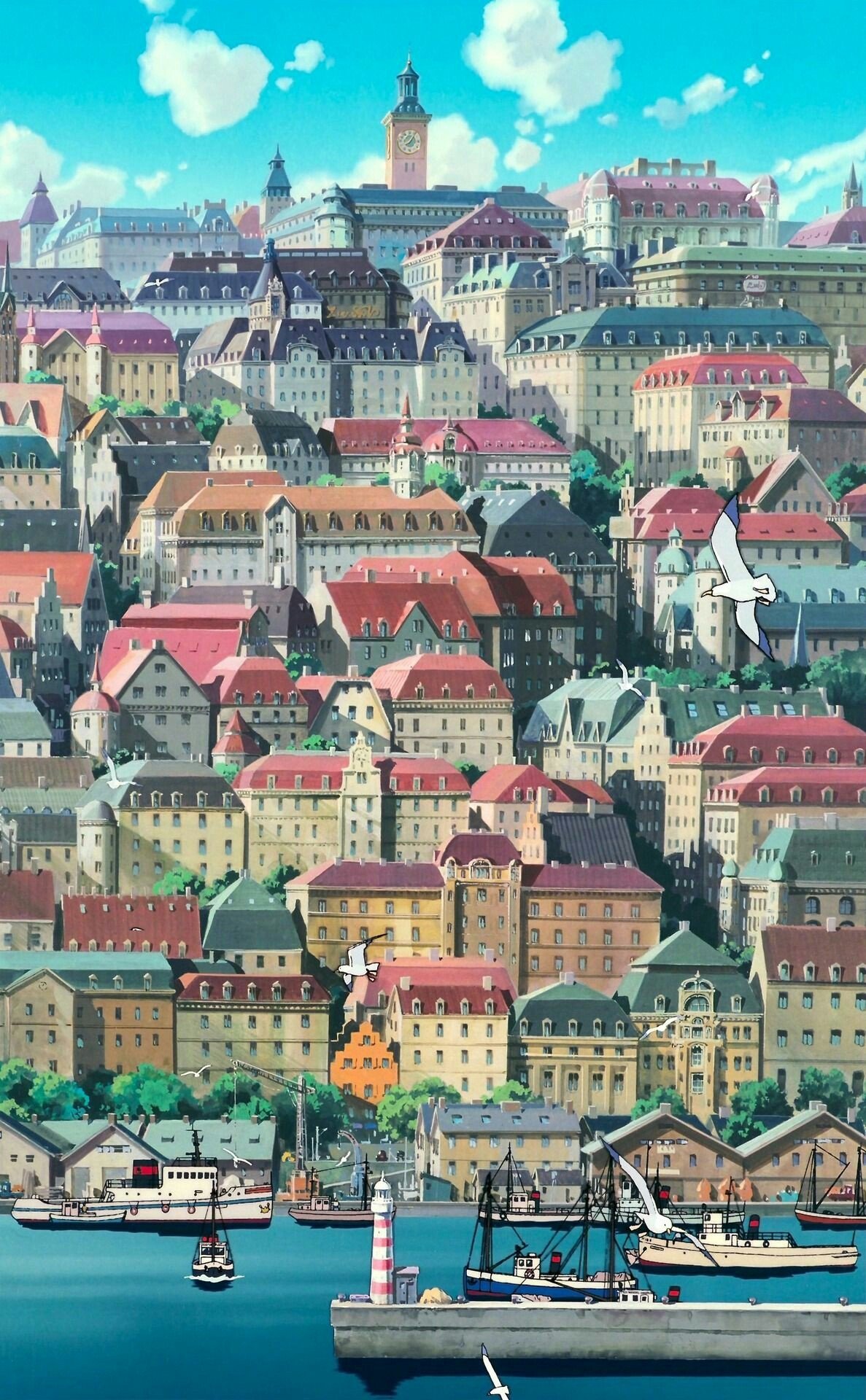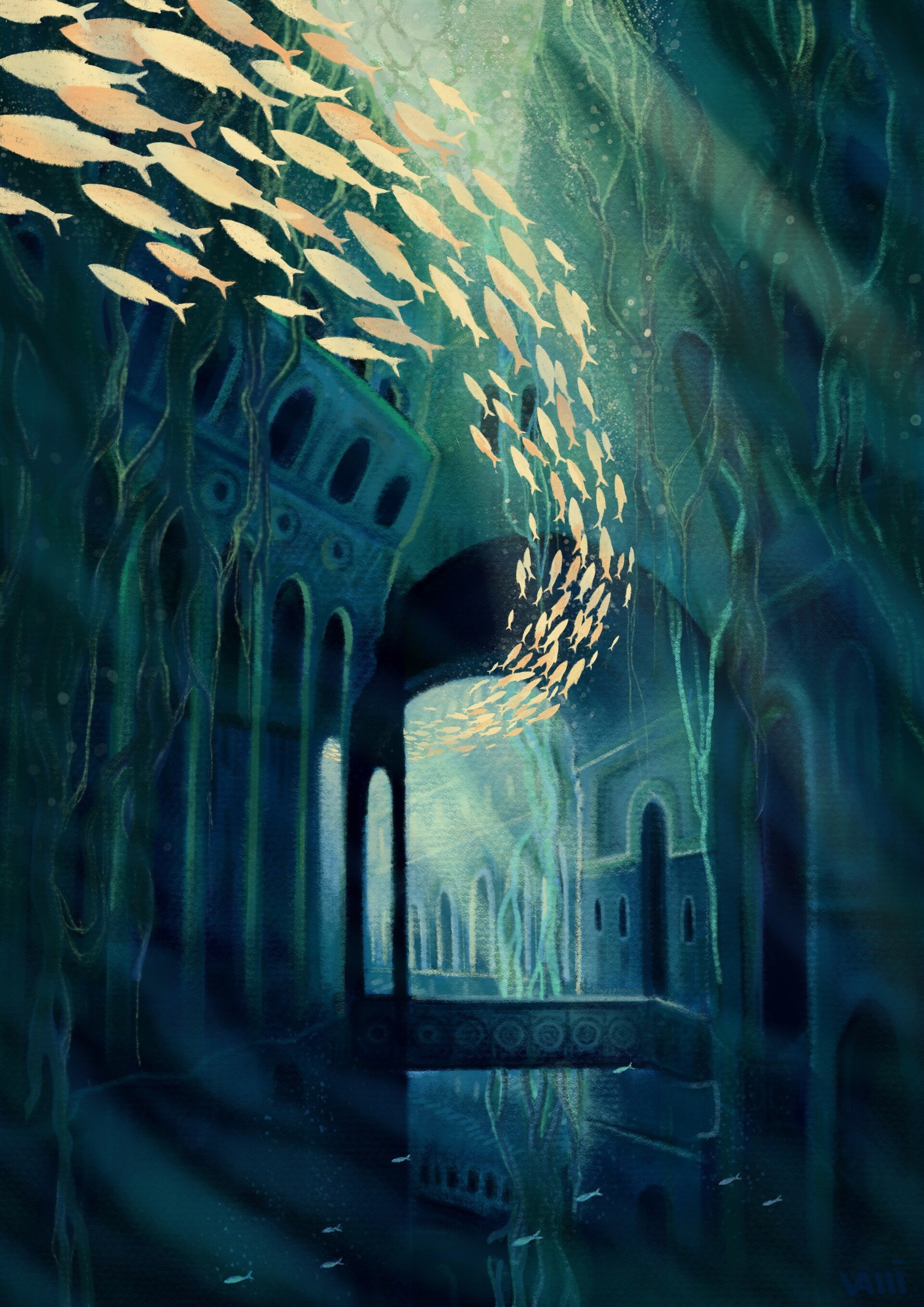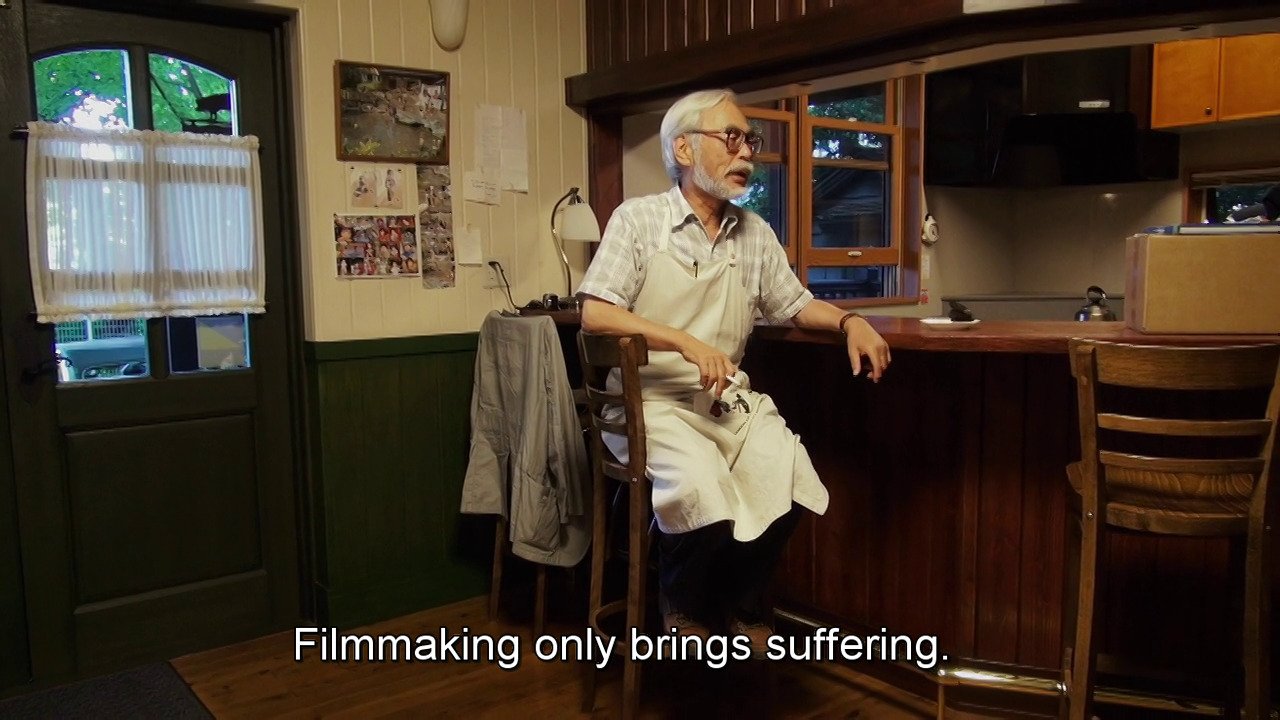The Role of Architecture and Places in Hayao Miyazaki‘s Worlds

The magic within Studio Ghibli's films has always been in recreating modern fairy tales, focusing on the critical issues of today's society.
Hayao Miyazaki, as well as having inspired an entire generation, has narrated the evolution of Japanese society in his films, focusing on two main themes: urbanism and nature. The complexity of Miyazaki's mind is reflected in his films, a medium he used to expose how small we are compared to the power of nature.
The architecture used by Miyazaki in his films recalls his vision of the modern world, increasingly affected by advanced technology and a continuous detachment from the natural environment. Hayao Miyazaki mirrors the characters, themes and places he treats in a cynical and merciless manner: the impoverishment of the environment, the horrors of war, the inequalities under totalitarian regimes and between peoples, the enslavement of people to the fetishism of goods, the setbacks involved in personal development, the loss of innocence, and the cultivation of the values of loyalty, gratitude, courage, sacrifice and love. In addition to his artistic perfection, the Japanese director's success in the world has been possible thanks to his constant linking of the problems of a hyper-capitalist world with a myopic society.
"I saw how people have polluted the sea, and came back home angry. I don't think we're born with a natural tendency to protect the environment. I think it's something we learn if we're educated and brought up to have the manners to care for the world. At some stage in our lives, the greed factor became stronger, and that has led us to the horrible situation we're in now. A change is necessary, and I believe my films convey that", Miyazaki's words in an interview with John Lasseter in 2009.
Miyazaki's architectural vision has been strongly influenced by his travels around the world, but also by a desire to explore the themes of technology and destruction. Watching his films, you can see how Miyazaki considers nature and man to be united. There are not two separate entities, but a mutual unicum. The nature represented in Miyazaki's worlds has a life of its own, and if you disturb it, it reacts mercilessly.
Miyazaki's architectural tale of post-World War II Japan is set against the backdrop of the so-called Metabolist Era, a Japanese avant-garde architectural and urban planning movement of the 1960s. Through their manifesto, the revolutionary intention of its founders, namely Kiyonori Kikutake, Kisho Kurokawa, Masato Ohtaka, Fumihiko Maki and the critic Noboru Kawazoe, is immediately apparent:
"Metabolism is the name of a group that seeks to offer a concrete vision of the society to come. We postulate human society as a process of cosmic development from the atom to the nebula. We use the biological term "Metabolism" because for us design and technology are nothing more than extensions of man's vital power. For this reason, we do not simply accept the metabolism of history as natural but seek to actively develop it."
The Japanese expansion aimed at making it clear to the whole world how capable they were of getting back on their feet, but with the awareness of eroding the relationship between man, nature and power.
In Laputa - Castle in the Sky (1986) and Nausicaa in the Valley of the Wind (1984) Miyazaki's poetics investigates precisely this constant erosion between nature and the human soul.
In both cases, we find ourselves in front of apocalyptic landscapes where the course of nature has been altered by the hand of man.
The catastrophic narratives we are confronted with are only the result of nature's awakening that punishes man.
The plot of Nausicaä of the Valley of the Wind is based on an environmental catastrophe that really happened in Japan in 1956, namely the mercury pollution of the Japanese Gulf of Minamata. The film starts from a post-war civilisation, 'The Seven Days of Fire', where the earth is virtually destroyed and swallowed by a poisoned sea. Nausicaä is the princess of the Valley protected by the High Wind that blows in from the sea, where the poison of the Rotten One does not reach.
As the threat of the Rotten Sea and the Toxic Forest looms with its insects and poisonous spores, the two kingdoms of Pejite and Tolmechia wage war against each other. The final conflict is approaching and the desire to obtain a weapon thought to be definitive, the last Titan Soldier, will transform the peaceful Valley of the Wind into the place that will host this battle.
Miyazaki tells the story with stark realism, starting with the locations depicted in the film. The Metabolist influence emerges forcefully in the story to revive the Titan Soldier, the quintessence of advanced technology. Before the war, the city of Pejite was a hothouse of fine craftsmen living in harmony with nature. Soon, that landscape surrounded by long expanses of green will be a representation of human selfishness. Nature is toxic and will try in every way to punish man's thirst for power. Buildings and trees covered in spores, things crumbling, the eerie sound of howling winds and a strong feeling of loneliness make this landscape frightening. The city has been swallowed up by the Sea of Decay, reminding us that humans should not cross the boundary of nature's domain.
Miyazaki's utopian vision of a world that enjoys mutual respect between man and nature is realised when we are shown Nausicaa's secret garden, a greenhouse that is completely isolated and uncontaminated from the outside world, where she grows a variety of plants to keep the ecosystem alive and well.
As reported in Ma Chan's essay "Environmentalism and the Animated Landscape in Nausicaä of the Valley of the Wind (1984) and Princess Mononoke (1997)". , "rural life in Miyazaki's films (especially Valley of the Wind) evolves with the Taoist concepts of wu-wei and you-wei. He defines wu-wei as a concept that refers to non-action, surrendering or flowing with natural forces. Therefore, wu-wei refers to technological activities that are aligned with natural processes, such as windmills. Conversely, you-wei refers to those technologically related activities that disturb natural forces."
In Laputa, however, Miyazaki creates a physical detachment of the castle from the ground level, as if to mark mankind's utopia towards a society integrated with nature. The forest, for example, is also a recurring place in his projects.
'For me, the deep forest is somehow connected to the deep darkness of my heart,' Miyazaki said in a 1988 interview. "I feel that if it were erased, then the darkness within my heart would also disappear, and my existence would become shallow."
In Princess Mononoke, it is the forest that punctuates the film's narrative. We are inside Tataraba, a camp of iron forgers in the western mountains settled by the forest of Shishi Gami. Here, Miyazaki outlines the rise of modern man who is willing to do anything to get hold of iron. They offend the mountains, considered sacred in Japanese religion, and the whole landscape around them, destroying it. Their own land is overturned for a materialistic purpose that will lead to the revolt of nature, in all its forms.
Miyazaki's aim is not to define what is right or wrong, but rather to define the decadence of our society that abandons its idealism and beliefs to idolise the modern God: capitalism. In the essay "Anime Landscapes as a Tool for Analyzing the Human-Environment Relationship: Hayao Miyazaki Films, this very passage is analysed:
"Miyazaki created Lady Eboshi as a representative character of modern man. Eboshi's attitude reflects the materialistic tendencies of our modern society: she does not see nature in terms of interconnectedness and balance. For her, nature is a source of materials, which she needs for the progress of industrialisation and to make money. Although she has no respect or sympathy for nature and the forest that surrounds it, she is a defender of the weak, with an equal vision for men and women and is compassionate towards her own community. By seeing completely contrasting attitudes from the same person, the audience cannot simply classify her as good or bad."
At the heart of Miyazaki's production is a desire to open his audience's eyes to an increasingly uncertain future full of pitfalls. The director's feeling of hope is vivid in every one of his films, even in the smallest detail. Like his desire to tell the story of Japan in its rurality, of life far from the frenetic metropolitan city. In "My Neighbour Totoro" the setting is completely based on the prefecture of Saitama, telling the story of "satoyama", a traditional form of agricultural environment where sato (village/people) and yama (mountain/nature) coexist side by side in harmony. In the Japan of the 1950s, most families lived in these environments alien to all technology and thirst for modernisation.
The film is about a father and his two children who move to the countryside to pursue a pure and spontaneous life, immersing themselves in nature. Miyazaki tries to highlight our duty to maintain a peaceful role towards nature.
Miyazaki, who was born in 1941, lived through the horrors of World War II, which left him scarred. In his latest film, 'The Wind Rises' (2013), the director harshly criticised the Japanese government.
"The war years were a terrible experience for Japan, with about 3 million people losing their lives. The elderly cannot forget this. For them, the pacifist constitution was like a ray of light,"
Miyazaki said at the time of the film's release.
His disillusionment with the real world has been the main driving force in the creation of his films.
In the documentary "The Kingdom of Dreams and Madness", Miyazaki emphasises that he is "a man of the 20th century" and, as a result, he cannot adapt to the new century where it seems only personal enrichment is on his mind, to the detriment of the landscapes around him.
Text By Alessandro Ranieri


















































